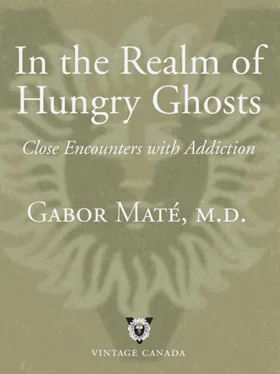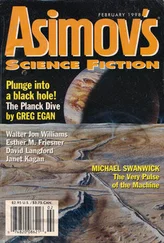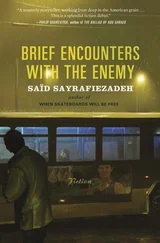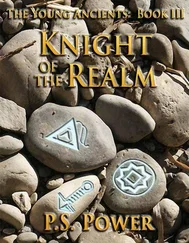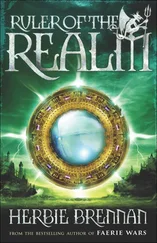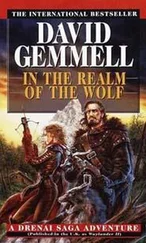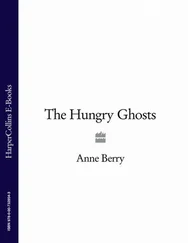The natural order in all mammalian cultures, animal or human, is that the young stay under the wings of adults until they themselves reach adulthood. Immature creatures were never meant to bring one another to maturity. They were never meant to look to one another for primary nurturing, modelling, cue giving or mentoring. They are not equipped to act as one another’s focus of orientation, to give one another a sense of direction or values. The predictable and widespread consequences of what my friend, psychologist Gordon Neufeld, has termed peer orientation are the increasing immaturity, alienation, violence and precocious sexualization of North American youth.
Another consequence is the entrenchment of addictive behaviours among young people. Research on both humans and animals has repeatedly demonstrated that extensive peer contact and the loss of adult attachments lead to a heightened propensity to addiction. Peer-reared monkeys, for example, are far more likely to consume alcohol than mother-reared ones. 18“Peer affiliation,” according to a review article in the journal Drug and Alcohol Dependence, “is possibly the strongest social factor in predicting the onset and early escalation of adolescent substance use.” 19
It is commonly thought that peer affiliation leads to drug use because kids set bad examples for each other. That’s part of the picture, but a deeper reason is that under ordinary circumstances, adolescents who rely on their peers for emotional acceptance are more prone to being hurt, to experiencing the sting of each other’s immature and therefore often insensitive ways of relating. They are far more stressed than children who are well connected to nurturing adults.
Kids are not cruel by nature, but they are immature. They taunt, tease and reject. Those who have lost their orientation to adults and look to the peer group instead find themselves having to shut down emotionally for sheer protection. As we have seen with children abused at home, emotional shutting down—what in a book *21I co-wrote with Dr. Gordon Neufeld we call “the dangerous flight from feeling”—greatly increases the motivation to use drugs.

In short, the addiction process takes hold in people who have suffered dislocation and whose place in the normal human communal context has been disrupted: whether they’ve been abused or emotionally neglected; are inadequately attuned children or peer-oriented teens or members of subcultures historically subjected to exploitation.
To know the true nature of a society, it’s not enough to point to its achievements, as leaders like to do. We also need to look at its shortcomings. What do we see, then, when we look at the drug ghetto of Vancouver’s Downtown Eastside and similar enclaves in other urban centres? We see the dirty underside of our economic and social culture, the reverse of the image we would like to cherish of a humane, prosperous and egalitarian society. We see our failure to honour family and community life or to protect children; we see our refusal to grant justice to Aboriginal people and we see our vindictiveness toward those who have already suffered more than most of us can imagine. Rather than lifting our eyes to the dark mirror held in front of us, we shut them to avoid the unsavoury image we see reflected there.
The Torah says that Aharon, the brother of Moses, was commanded to take two hairy goats and bring them before God. Upon each, he was to place a lot—a marker. On one he was to place the lot of the people’s sins, “ to effect atonement upon it, to send it away to Azazel into the wilderness. ” This was the scapegoat—who, cast out, must escape to the desert.
The drug addict is today’s scapegoat. Viewed honestly, much of our culture is geared towards enticing us away from ourselves, into externally directed activity, into diverting the mind from ennui and distress. The hardcore addict surrenders her pretence about that. Her life is all about escape. The rest of us can, with varying success, maintain our charade, but to do so, we banish her to the margins of society.
“Do not judge, and you will not be judged,” a man of truth once said:
For the judgments you give will be the judgments you will get, and the amount you measure out is the amount you will be given. Why do you observe the splinter in your brother’s eye and never notice the plank in your own? How dare you say to your brother, “Let me take the splinter out of your eye,” when all the time there is a plank in your own? Take the plank out of your own eye first, and then you will see clearly enough to take the splinter out of your brother’s eye.
In the following chapters we’ll consider what our stance toward addiction might be if we took Jesus’ words to heart. We’ll see that his compassion integrates perfectly with what science has taught us about addiction.
CHAPTER 24

Know Thine Enemy
Detective-Sergeant Paul Gillespie, head of Toronto’s sex crimes unit, rescued children from the purveyors of Internet pornography. As the Globe and Mail reported on his retirement from police work, six years at that job had not inured him to the horrors he witnessed:
Paul Gillespie still can’t get used to the sounds of crying and pain in the graphic videos of children being raped and molested that he has seen all too often on the Web. “It’s beyond horrible to listen to the soundtracks of these movies,” said Canada’s best-known child-porn cop…But it is the silent images of desolate children that tear the most at his heart. “They’re not screaming, just accepting,” he said of the infants captured in these pictures. “They have dead eyes. You can tell that their spirit is broken. That’s their life.” 1
Dead eyes, broken spirits: in a phrase this compassionate man summed up the fate of the abused child. Yet there is a bitter irony in his words. The lives of abused children do not end when they are rescued— if they are rescued, as most never are. Many become teenagers with spirits not mended and reach adulthood with eyes still dead. Their fate continues to be a concern for the police and the courts, but by then they are no longer heartbreakingly sweet, no longer vulnerable looking. They lurk on the social periphery as hardened men with ravaged faces; as thieves, robbers, shoplifters; as done-up prostitutes selling backseat sex for drugs or petty cash; as streetcorner drug pushers or as small-time entrepreneurs distributing cocaine out of cheap hotel rooms. They are the hardcore injection users, and many will drift westward across Canada to the warmer climate and drug mecca of Vancouver’s Downtown Eastside. Here, as in cities across North America, it is now the duty of Detective-Sergeant Gillespie’s drug squad colleagues to keep a sharp eye on these people, to frisk them in back alleys, to confiscate their drug paraphernalia and to arrest them time and again.
Some of these former children are not pleasant to deal with. Scruffy and dirty, shifty and manipulative, they invite distaste. Fearful and contemptuous of authority at the same time, they evoke hostility. The police often handle them roughly. Cops are not necessarily predisposed to harshness, but a loss of humane interaction inevitably results whenever an entire group of people is de-legitimized while another group is granted virtually unrestrained physical authority over them. I’ve had a small taste of it, having been stopped by cops on my Hastings Street rounds—once for jaywalking and once for riding my bicycle on the sidewalk. An officer’s tone shifts instantly from curt and contemptuous to polite when he realizes I’m not a Downtown Eastside resident. How utterly helpless I would feel, I have thought at such times, if I didn’t have a respectable address on my driver’s licence; if I lived in a restricted, ghettoized domain where a uniformed and armed force was the omnipresent power; if I depended on substances the police had to suppress and on activities they were obliged to prosecute; if I couldn’t count on reliable friends and family to advocate for me if ever I got into trouble.
Читать дальше
